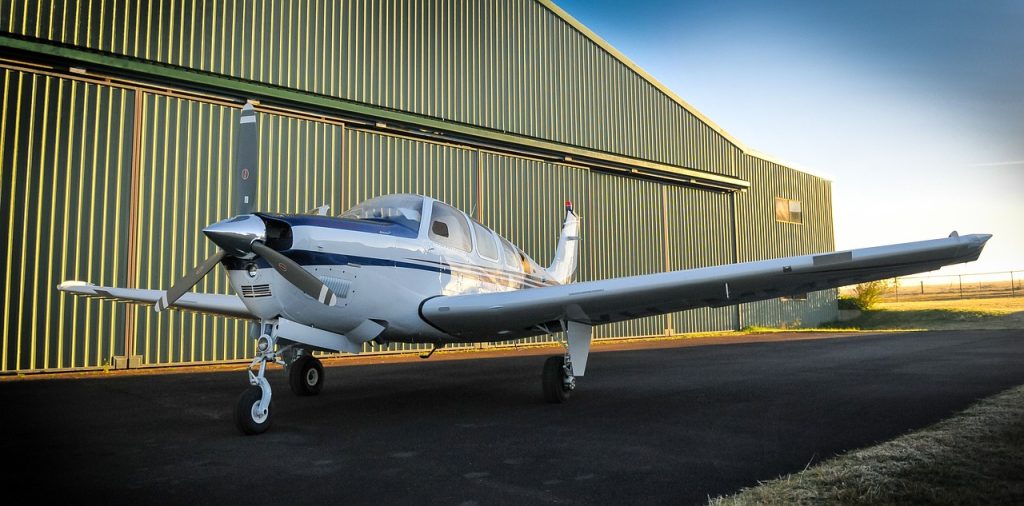Small Aircraft Maintenance Tracking Tips

An aircraft maintenance tracking system is a must for anyone who flies or own an airplane. It helps pilots and aircraft owners stay in compliance with Civil Aviation Authority safety regulations, be organized and avoid costly mistakes by keeping track of all the details of each flight and each maintenance task.
Start by choosing an aircraft maintenance tracking tool
There are several different ways to track your plane’s maintenance history. You can use paper logs, spreadsheets (Kardex), or online software. Each method has its advantages and disadvantages. Paper logs are easy to implement initially, but they’re difficult to maintain. Spreadsheets are more accurate than paper logs, but they require a lot of work to input data.
Online software is a fee-based service, but it helps you to optimize your workload effectively, access your records anywhere at anytime and get automated feedback about your aircraft status.
If you’re looking for a simple & cheap software solution, Cawti is one of the most popular choices. It allows users to track planes from anywhere in the world and gives them access to real-time data about the aircraft and its components. In addition, Cawti.com offers a variety of features, such as managing airworthiness directives, service bulletins, work orders, certificates of release to service and maintenance tasks.
Get access to airworthiness data
If access to some airworthiness data is free, as in the case of Airworthiness Directives (AD). Other data sometimes requires a paid subscription, for example: Manufacturers Aircraft Maintenance Manuals (AMM), Bulletin Services (SB). So you have to check against the type of your aircraft, and always make sure you have the latest version.
Do not forget that in the event of a major modification or repair of your aircraft, maintenance tasks will probably be required to ensure the continued airworthiness of your aircraft, engine, propeller or component. So these maintenance tasks are an additional source of airworthiness data to integrate and monitor in your tracking tool.
Enter the data into the tracking tool
Once you have accessed the airworthiness data, you’ll need to enter compliances of the Airworthiness Directives, Service Bulletins and maintenance tasks into the tracking tool and make sure that you update the records as needed. If you notice that something needs to be updated, such as when you add new parts, perform minor or major modifications/repairs, you should enter the details into the software. This will ensure that you have the most up-to-date information available.
Check your records regularly.
If you chose paper logs or spreadsheets, you should check your records regularly. Make sure your aircraft will not perform flights with overdue tasks.
Ensure that you’re entering the correct information into the tracking tool so that you can easily access it later. It’s also a good idea to check your records whenever your plane perform a series of flights.
In the case of using a software like Cawti, you’ll be notified automatically by email/SMS when an AD, SB or maintenance task is approaching its due calendar or flight time.
